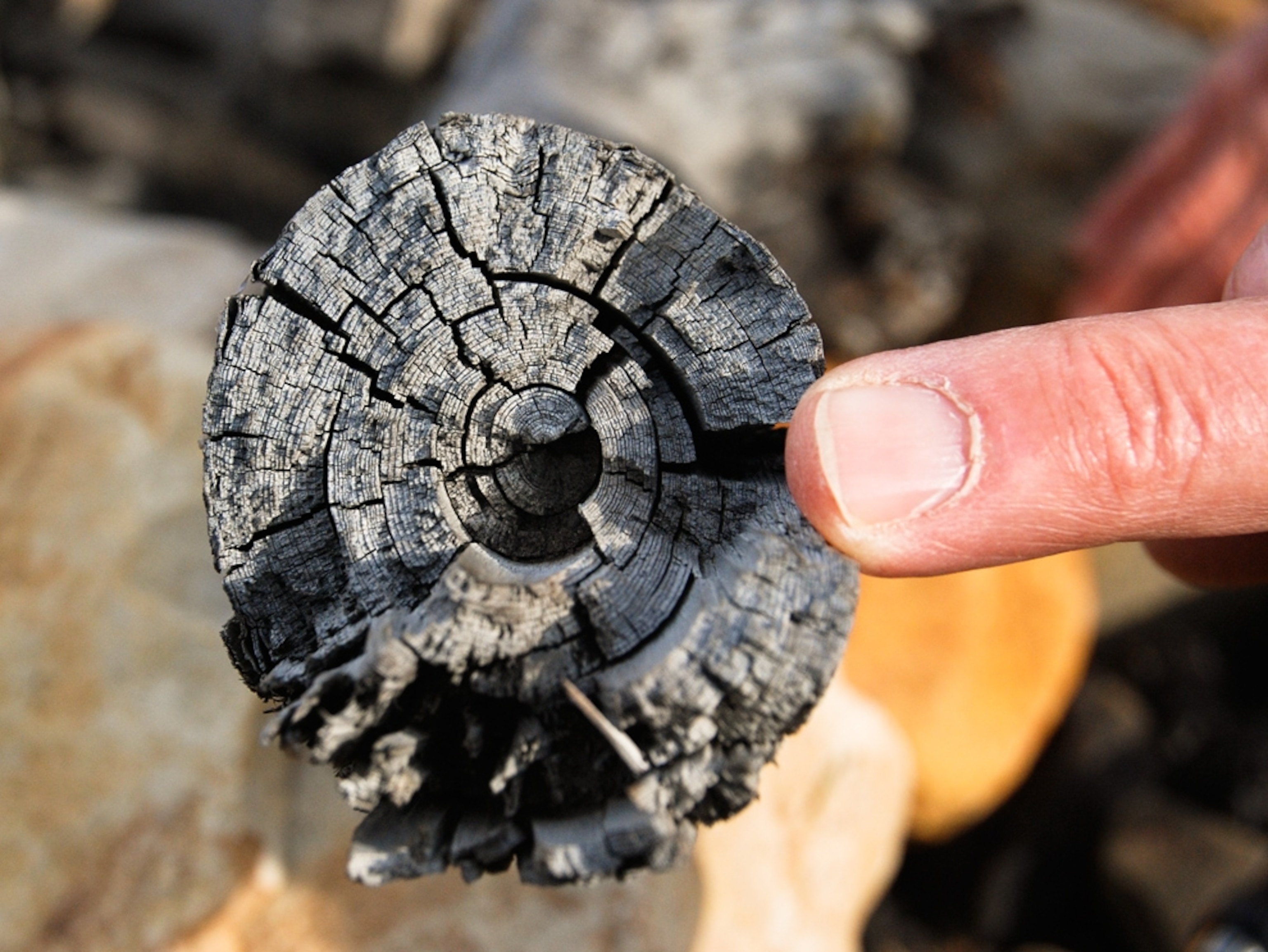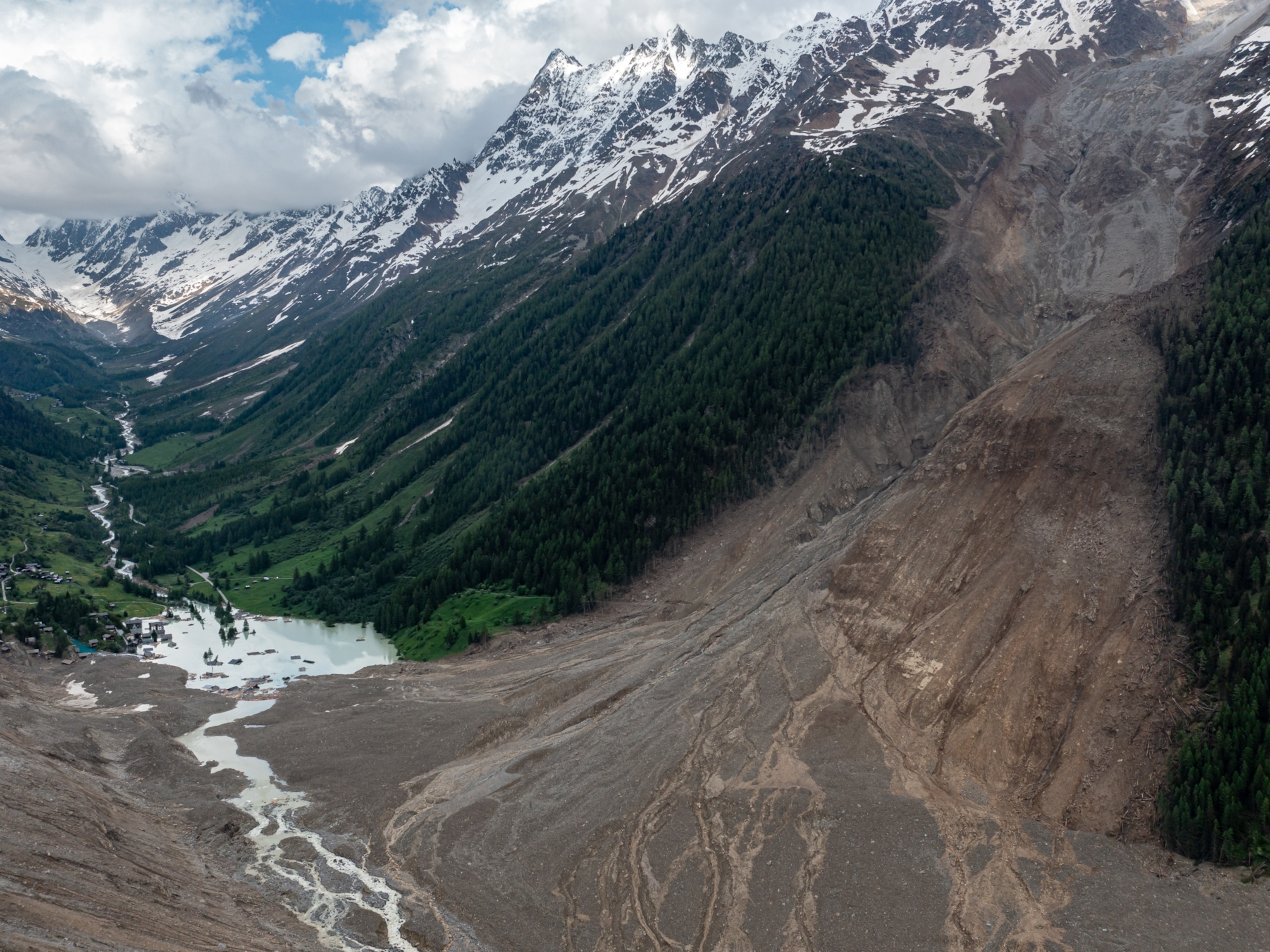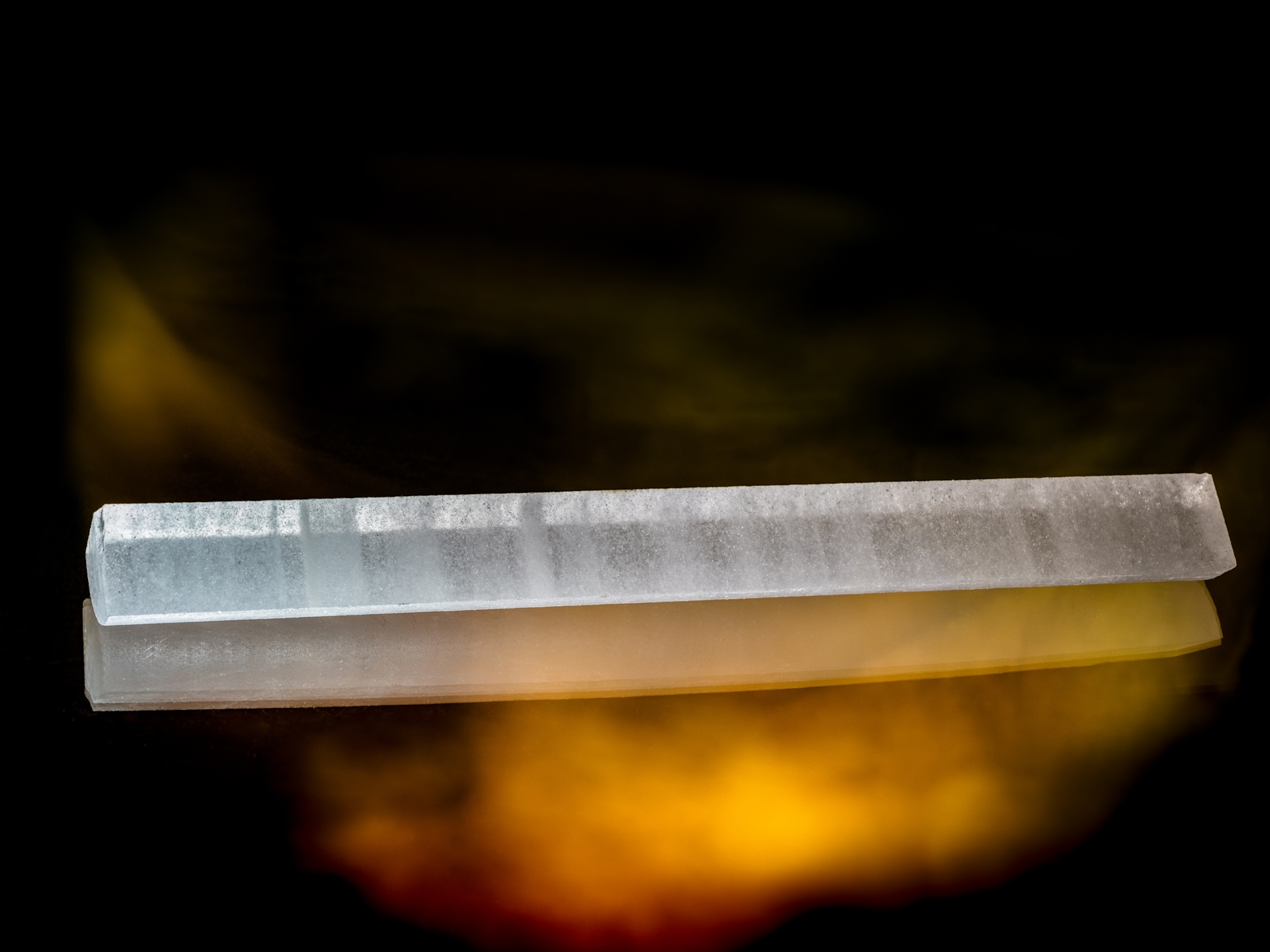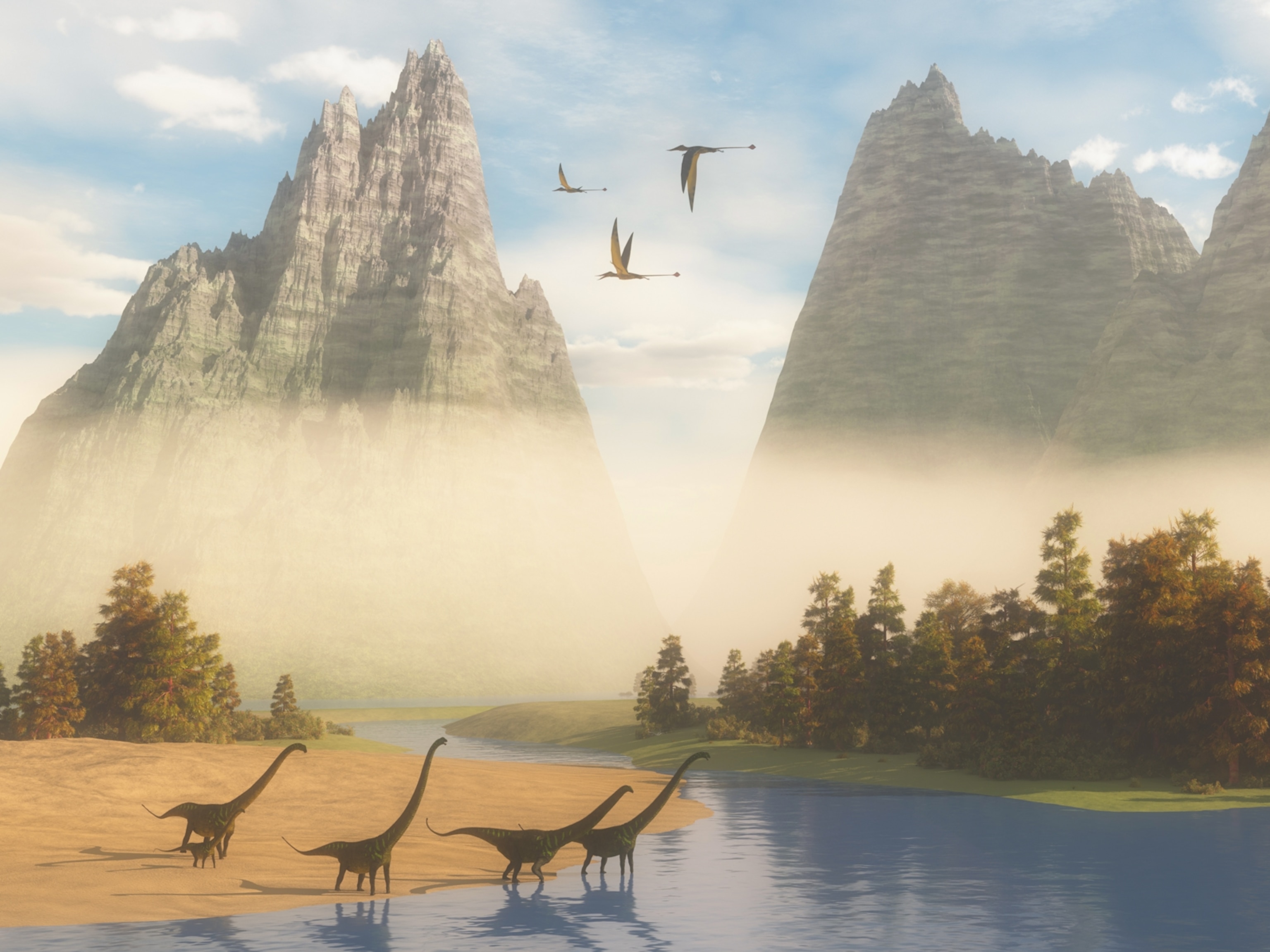
Mummified Forest Found on Treeless Arctic Island
Pines, spruces buried in landslide millions of years ago, when area was warmer.
An ancient mummified forest, complete with well-preserved logs, leaves, and seedpods, has been discovered deep in the Canadian Arctic, scientists say.
The dry, frigid site is now surrounded by glaciers and is completely treeless, except for a few bonsai-size dwarf trees. (See Arctic aerial pictures.)
The forest was discovered recently by a research team who'd heard a surprising story from rangers in Quttinirpaaq National Park. The park is located on Ellesmere Island (see map), one of the world's northernmost landmasses.
The rangers had come across wood scattered on the ground from much larger trees than the few dwarfs currently in the area, including logs that were several feet long.
"Walking through the area, they're everywhere," said Joel Barker, an environmental scientist at Ohio State University who's leading a study of the mummified forest. "You'd have trouble not tripping over them."
(See "Tree 'Mummies' Found, Traced Back to Viking Era.")
The park rangers "had no idea what they were," but Barker suspected they must be millions of years old.
When Barker and colleagues found where the scattered logs were coming from—a slope that had been eroded by a river—they dug in and found many more logs, as well as leaves and seedpods.
"When we started pulling leaves out of the soil, that was surreal, to know that it's millions of years old and that you can hold it in your hand," Barker said at an annual meeting of the American Geophysical Union in San Francisco earlier this week.
Ecosystem on the Edge?
The mummified trees were likely preserved so long because they were buried quickly by landslides and thus protected from air and water, which hastens decomposition.
By studying features of the logs, leaves, and seedpods, the team identified some tree species, including pine, birch, and spruce. (See pictures of interesting tree patterns.)
The mummified forest seems to resemble modern forests growing hundreds of miles to the south, suggesting the forest must have grown during a time when the Arctic was much warmer, Barker said.
Based on the tree species, the scientists think the forest lived between ten and two million years ago.
The small number of species also suggests the ancient forest was "an ecosystem right on the edge of being able to survive," according to Barker.
For instance, other mummified forests found farther south in Canada have a wide variety of trees.
By counting tree rings in some of the logs, the team found the trees were at least 75 years old when they were entombed. But the rings were very small, showing that the trees grew extremely slowly.
"The conditions there were absolutely brutal"—being barely warm enough for the trees to live, Barker said.
Mummified Forest a Window Into Climate Change
Robert Blanchette, a plant pathologist at the University of Minnesota who has independently studied ancient wood from the same region, called the new discovery "extraordinary."
"Finding wood that is millions of years old in such good condition—almost as if you just picked it up from the forest floor—will provide an exceptional opportunity," he said.
For instance the wood allows the team "to get the clearest view possible of what the world was like during a time when the Earth's climate was drastically changing."
Indeed, by studying the mummified forest, the team hopes "to see how fast the climate was changing, and how the plants were responding," Barker noted.
(Related: "Forests Have Replaced Tundra Due to Warming, Study Finds.")
The scientists also want to get a better idea of how the local forest responded as the planet cooled around five million years ago, changing from "greenhouse" to "icehouse" conditions.
The current trend of global warming is pushing Earth back from its Ice Age "icehouse" conditions—with large ice sheets and many glaciers—to a "greenhouse" with little ice overall, Barker noted.





